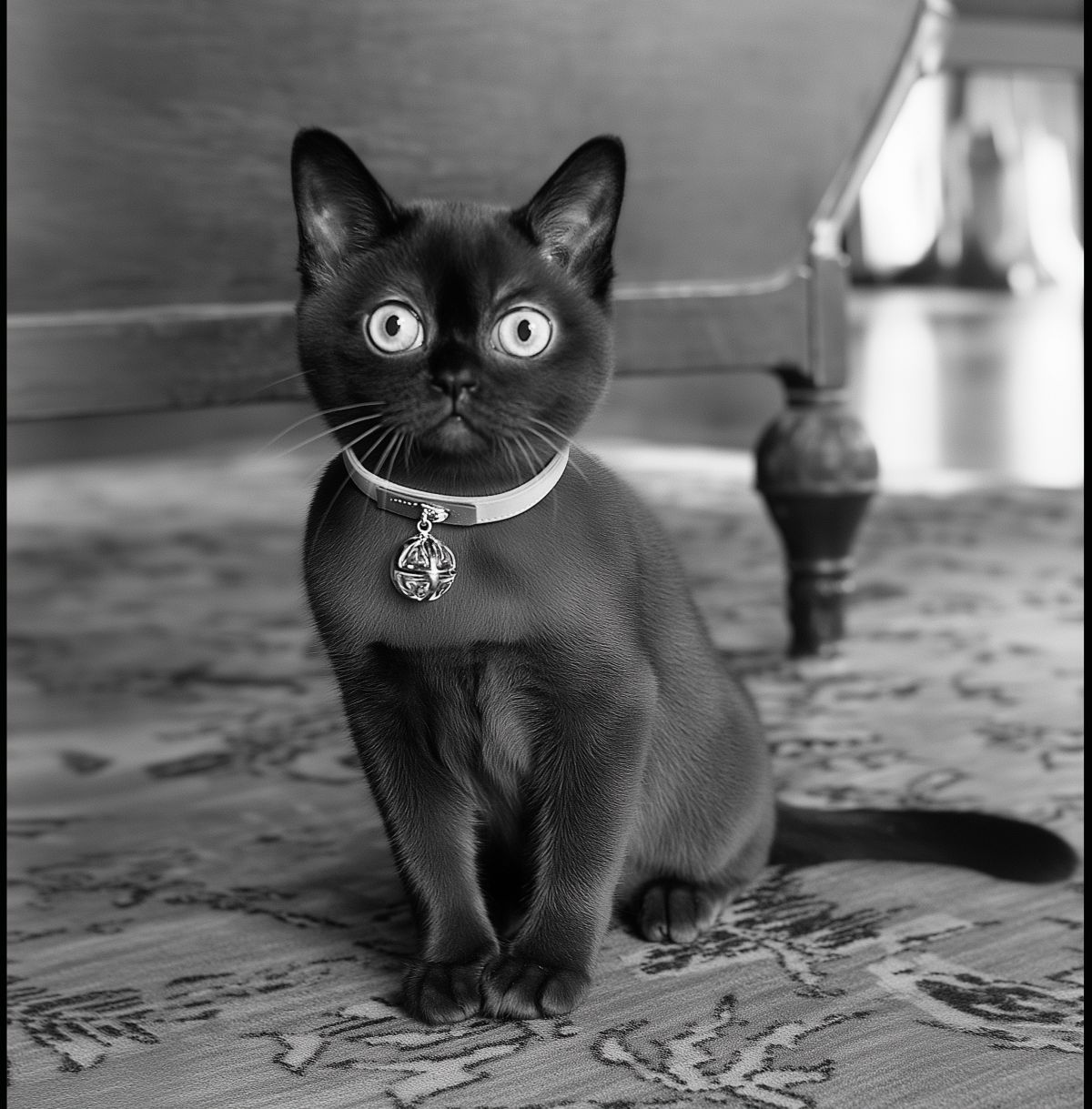
Orbs – Natal and Transit
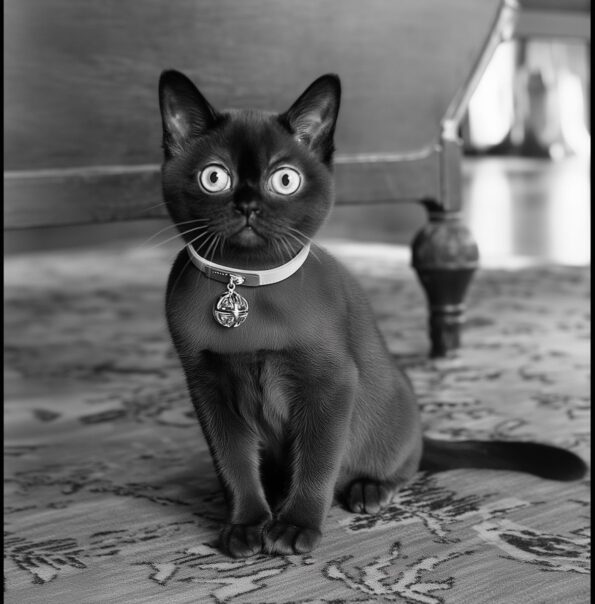 Orbs in astrology sparks considerable debate among astrologers, as opinions vary widely on how much influence a planetary aspect retains beyond exact alignment. First, the tight-orb purists—they want their aspects strong, concentrated, and with little leeway. For them, a square at two degrees is urgent, real, not to be ignored. Then you’ve got the wide-orb romantics—the mystics of the zodiac—who allow the planets a bit more breathing room. And maybe both are right, in their own way. The beauty—and the bedevilment—of the orb is that it resists strict categorization. We pretend we’re being precise, measuring to the degree, yet we’re really speaking in the language of the ineffable. The champions of tighter orbs, let’s say 5 to 6 degrees max—value the intensity that comes with proximity. They argue that planets must be tightly aspected to deliver real impact. In their view, tighter orbs ensure aspects remain focused.
Orbs in astrology sparks considerable debate among astrologers, as opinions vary widely on how much influence a planetary aspect retains beyond exact alignment. First, the tight-orb purists—they want their aspects strong, concentrated, and with little leeway. For them, a square at two degrees is urgent, real, not to be ignored. Then you’ve got the wide-orb romantics—the mystics of the zodiac—who allow the planets a bit more breathing room. And maybe both are right, in their own way. The beauty—and the bedevilment—of the orb is that it resists strict categorization. We pretend we’re being precise, measuring to the degree, yet we’re really speaking in the language of the ineffable. The champions of tighter orbs, let’s say 5 to 6 degrees max—value the intensity that comes with proximity. They argue that planets must be tightly aspected to deliver real impact. In their view, tighter orbs ensure aspects remain focused.
Then there are the others—those who might stretch the orbs out to 8 or even 10 degrees, especially for the heavyweights like the Sun and Moon. These are the ones saying, “Why not let the influence be felt a bit further out?” It’s a more generous view, perhaps. Both approaches have their merits. Tighter orbs can highlight what’s urgent, undeniable, and right at the surface of the personality, while wider orbs suggest influences that are still present—but perhaps expressed more loosely, with tighter aspects taking a stronger hold in shaping personality.
Astrologer Liz Greene adopts an even more expansive approach, using a 10-degree orb for major aspects and a 6-degree orb for sextiles in her calculations. With such orbs, aspects that others might dismiss as “too wide to matter” suddenly become meaningful players in the drama of the psyche. Reinhold Ebertin believes that less is more—no excess, no fluff, just a sharp focus on targeted planetary action. His advocacy for drastically narrowing the orb stems from the belief that a chart reveals its true meaning when stripped down to only the most potent influences. In his system, the aspects that make the cut carry a distinct sense of urgency and intensity. There’s no room for ambiguity or muddled impressions.
In regards to the planetary orbs in transit, Jeff Green had this to say:
I use 5 degrees for transits. Prior to the actual aspect to a planet, or to the exact crossing of a house cusp or angle, one is given the opportunity to prepare for the issues that will be occurring. These opportunities are associated with premonitions and or “forebodings” about the “things to come.” Externally signs or events of what is to come can manifest themselves on a very tentative basis…Of course, many individuals dismiss these signs, pay no attention to them, or are simply confused as to their significance and meaning. For those who have been travelling the path of realization the capacity to understand and interpret these events and signs can help them prepare for what is to come. At minimum these events and signs will catch their attention and they will attempt to understand what they portend for the future. Thus, some kind of preparation will occur. Jeff Green
Tight Astrological Orbs
The choice of orb size is like a Goldilocks problem—what’s too tight, what’s too loose, and what’s just right for the message the stars are trying to deliver? Using a narrow orb for transiting planets, sometimes whittled down to a single degree, is like putting a magnifying glass over the sky’s movements, focusing intensely on those critical moments. This approach is particularly popular with faster-moving planets like Mercury, Venus, and Mars. Their transits, when viewed with a narrow orb, help astrologers identify the exact day or even the hour when a quick Mars square might inspire an outburst of courage (or conflict!), or when a Mercury transit triggers a moment of sudden understanding.
For clients or chart readers seeking specific guidance on when a situation might intensify or ease, these tight orbs can be immensely helpful. They keep the focus narrowed, ensuring that the astrologer can say, “This is the moment to act” or “Expect a challenge on this date.” But there’s no rulebook that says, “Thou shalt use only a 1-degree orb for transits.” The choice depends largely on the astrologer’s experience, and what they’re trying to uncover in the chart. Some astrologers prefer to allow a wider orb, even for the fast movers, because they’re interested in capturing the lead-up and the fallout—the influences before and after the main event. A wider orb can encompass those transitional phases, providing a broader understanding of how a transit builds up and then fades away, especially for slower, weightier planetary transits like Jupiter, Saturn, or the outer planets. A wider orb allows astrologers to observe the initial stirrings, the climactic transformations, and the slow settling of the new terrain.
The slow-moving outer planets (Uranus, Neptune, and Pluto) take their sweet time gliding through the zodiac. The use of wider orbs for these long-term, weightier influences makes perfect sense. For natal aspects, those connections that persist throughout a person’s life, the typical 8-degree orb acts like a gentle buffer, allowing room for the long-term planetary relationships to unfold. Conjunctions, oppositions, and squares between the Sun, Moon, and outer planets are given a little extra orb. These aspects are the foundational energies that play out over the course of a lifetime.
Astrological Patterns says,
Many astrologers use wider orbs; they allow up to 14 degrees for aspects involving the Sun or moon, and 10 degrees for planets in aspect to each other. In the authors combined experience of eighty-four years in counseling and teaching, they have observed subtle leanings with these wide orbs; however, they are not overtly active or expressed in the life. The more exact the aspect, the stronger will be the expression of that which is promised in the aspect.
Liz Greene says,
The wider the orb the greater the flexibility and room to maneuver. So you feel the aspect at 10 degrees, but it will be much more intense if the aspect is within a couple of degrees.

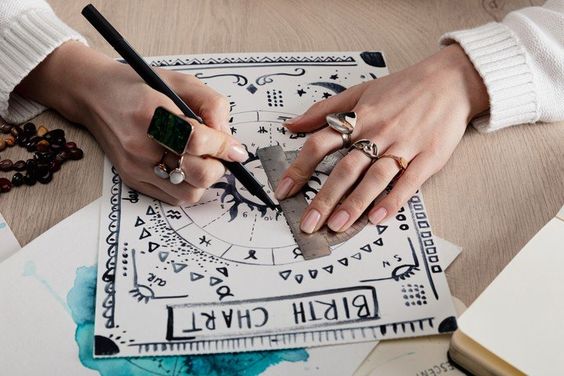


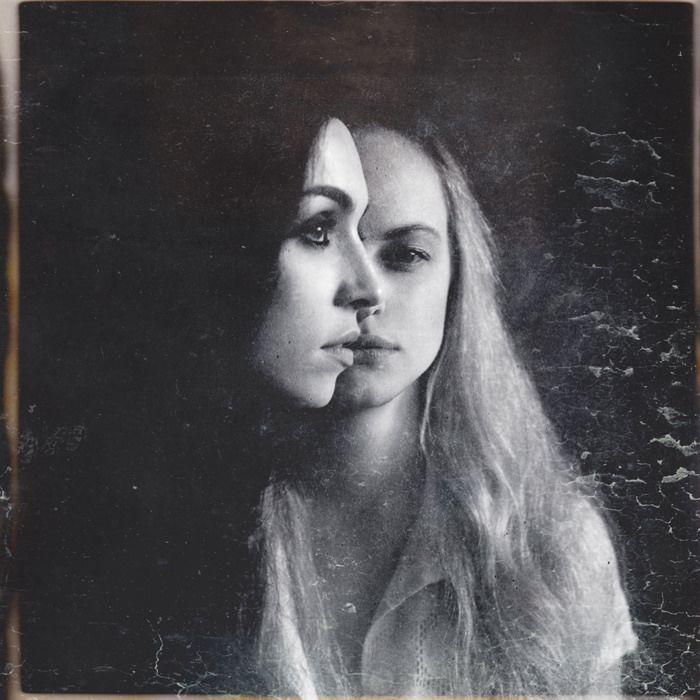
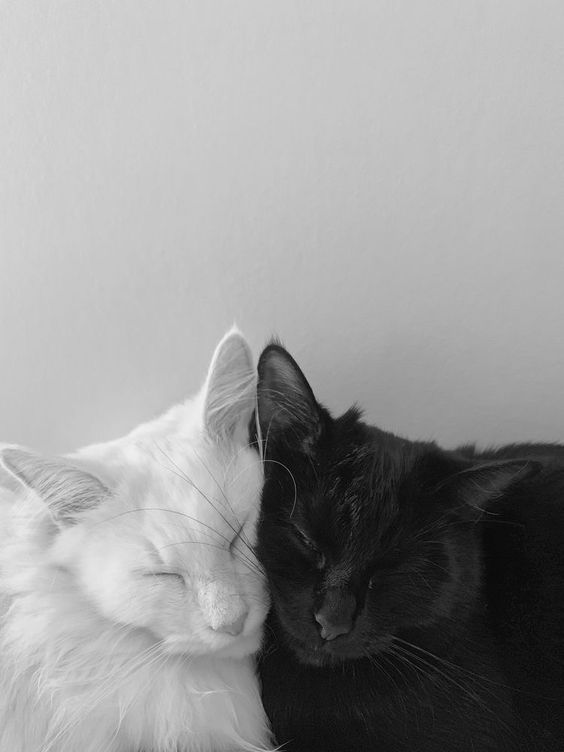
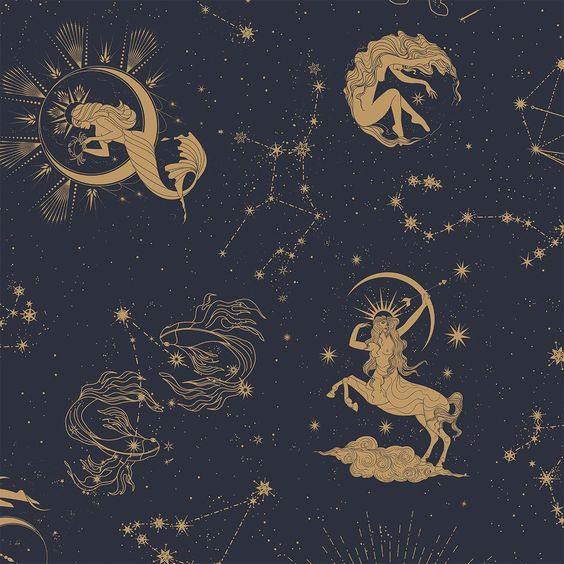
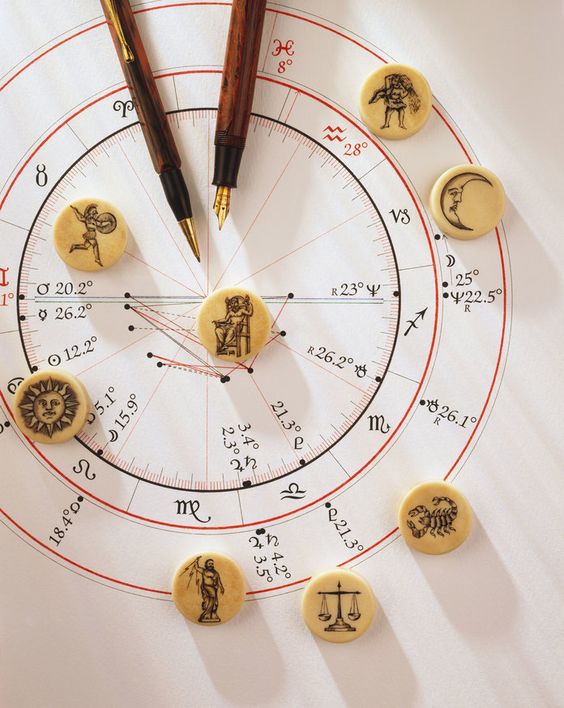
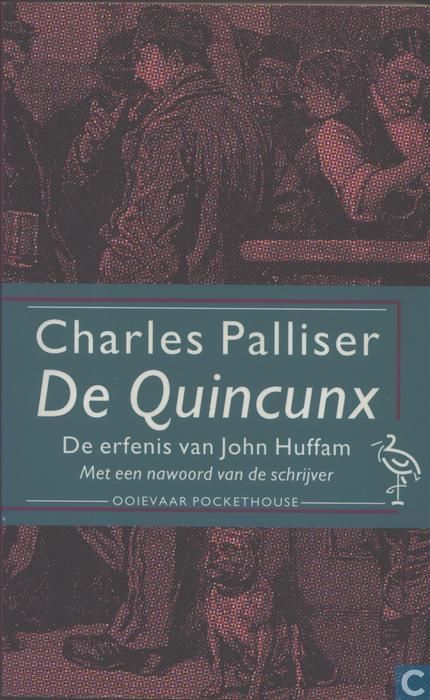
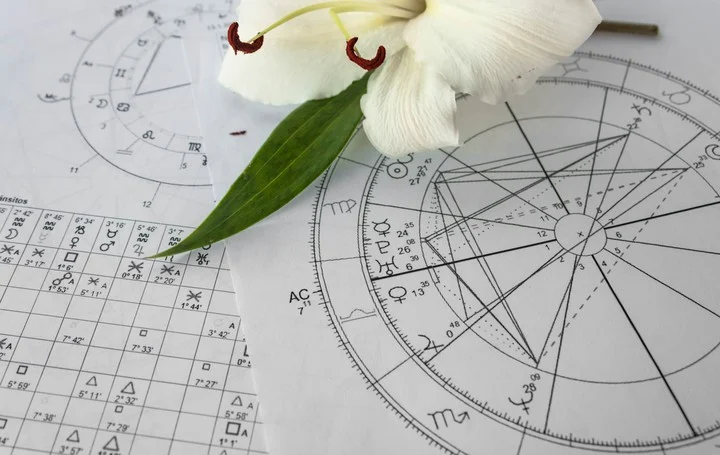

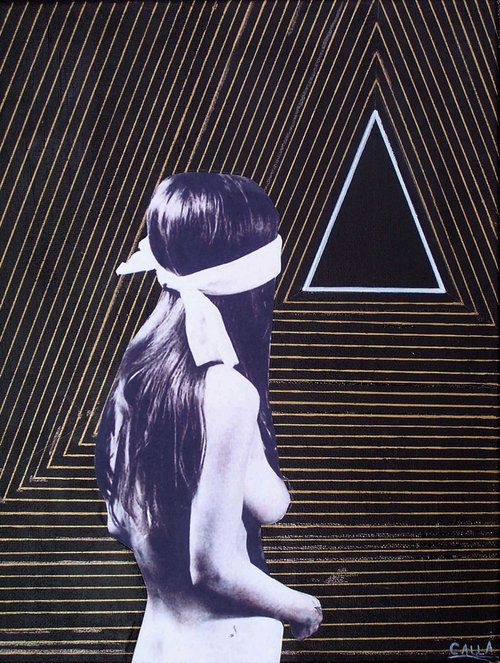

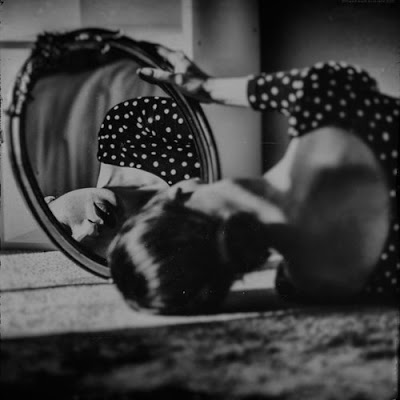



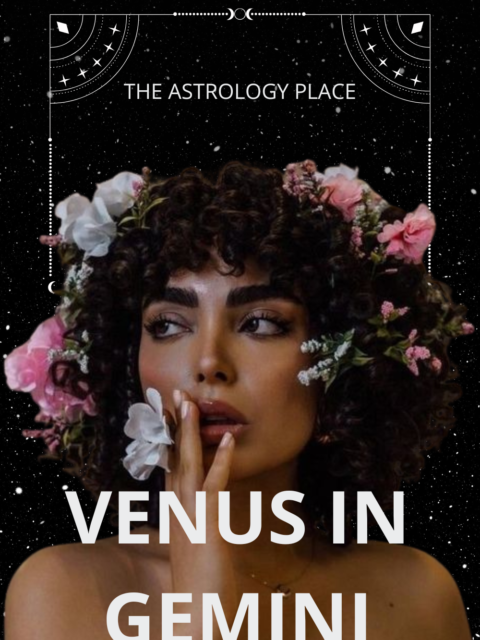

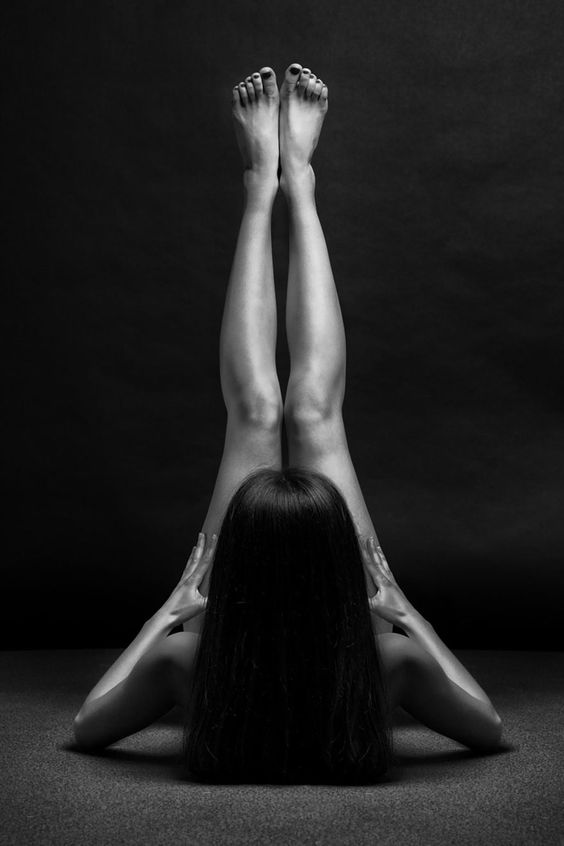 Mars in Aquarius: Sex drive
Mars in Aquarius: Sex drive
 Sun Square Pluto Natal Aspect: I Am Titanium
Sun Square Pluto Natal Aspect: I Am Titanium
 Moon in the 8th House: At Home in the Underworld
Moon in the 8th House: At Home in the Underworld
 Pluto Transits Moon: A Time to Grieve
Pluto Transits Moon: A Time to Grieve
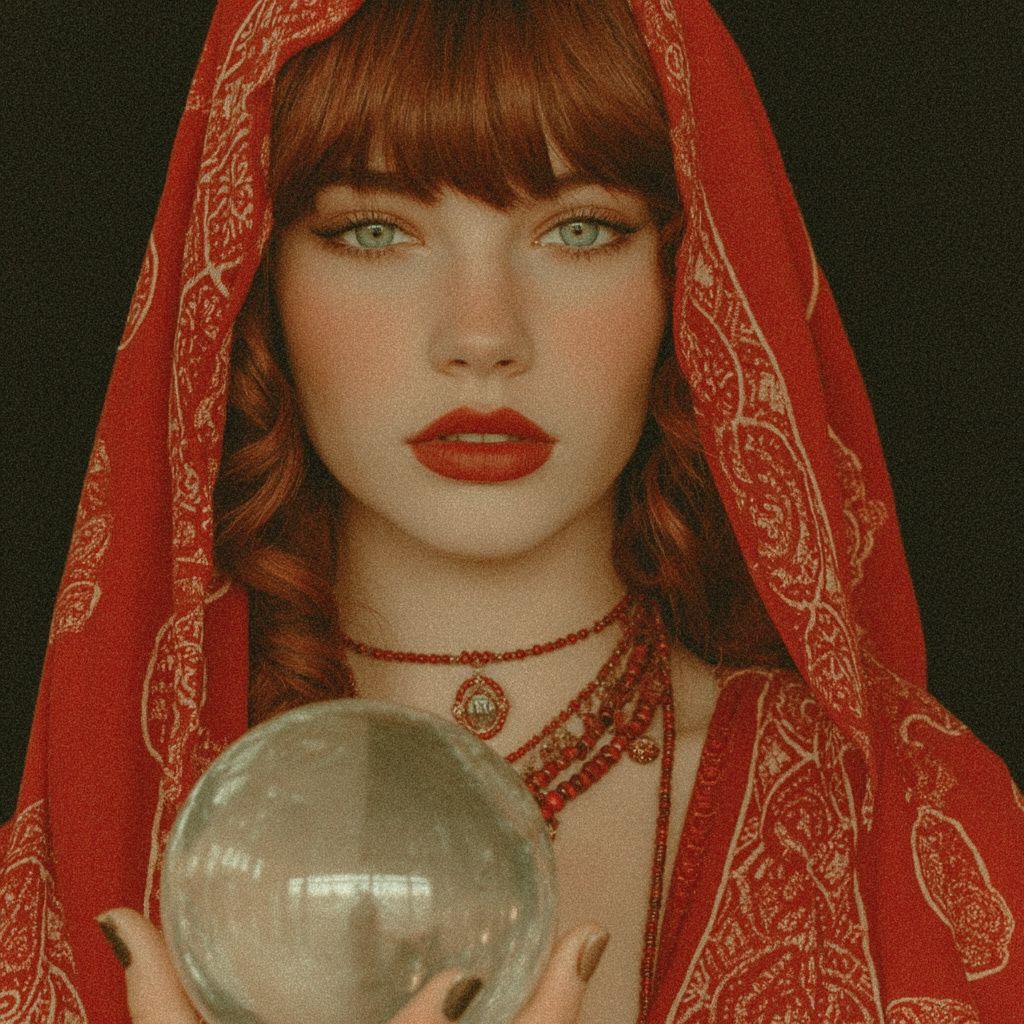 Moon Conjunct Mars Natal Aspect
Moon Conjunct Mars Natal Aspect
 Uranus Transits: 1st House: Winds of Change:
Uranus Transits: 1st House: Winds of Change:
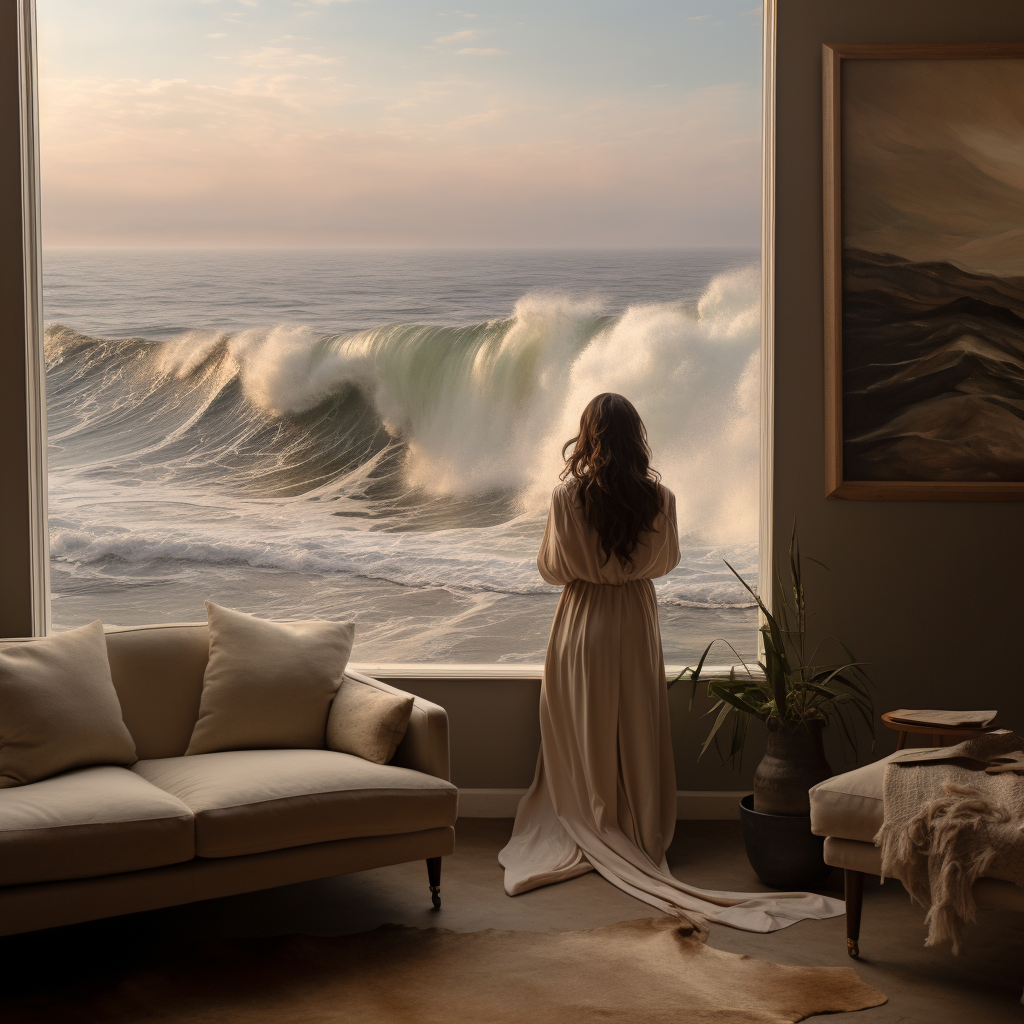 Neptune in the 4th House
Neptune in the 4th House
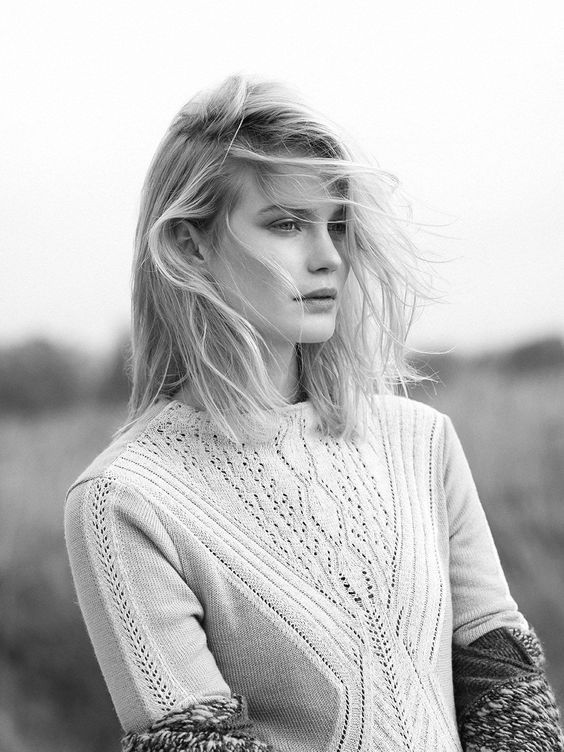 Saturn in the 1st House: From Self-Doubt to Lasting Identity
Saturn in the 1st House: From Self-Doubt to Lasting Identity
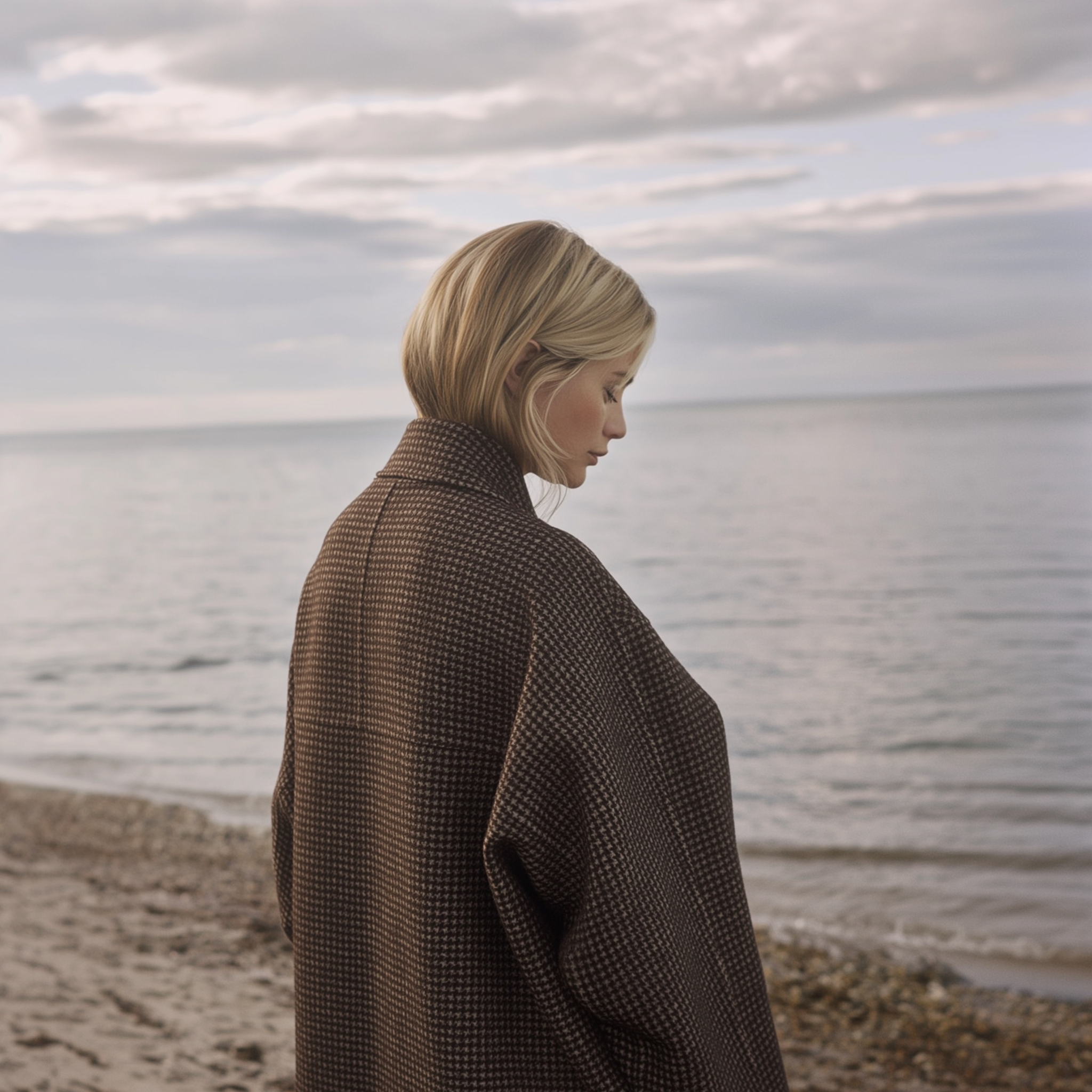 Mercury Square Saturn: Heavy Thoughts
Mercury Square Saturn: Heavy Thoughts
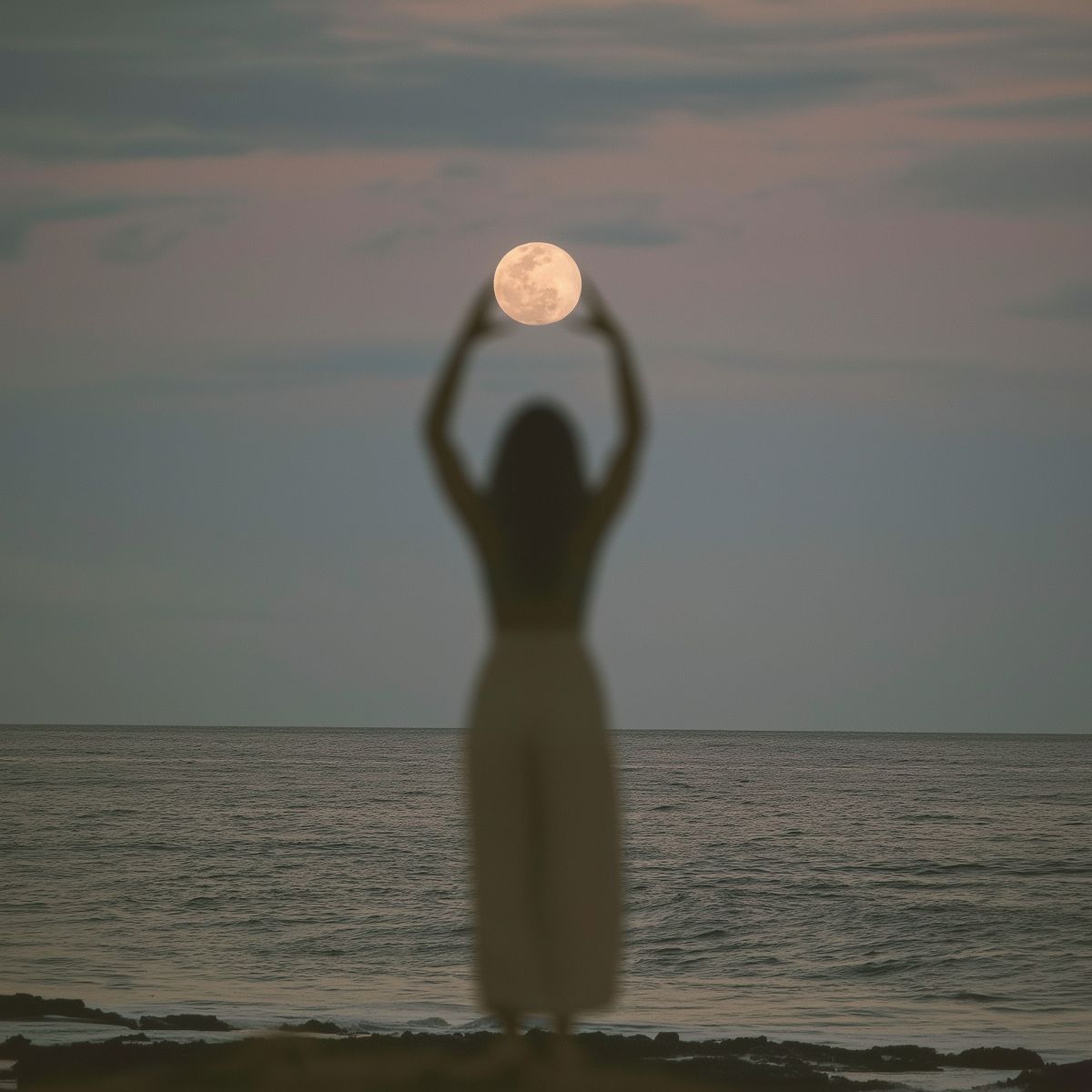 Moon in the 12th House: Drowning in Feelings (and Possibly Past Lives)
Moon in the 12th House: Drowning in Feelings (and Possibly Past Lives)
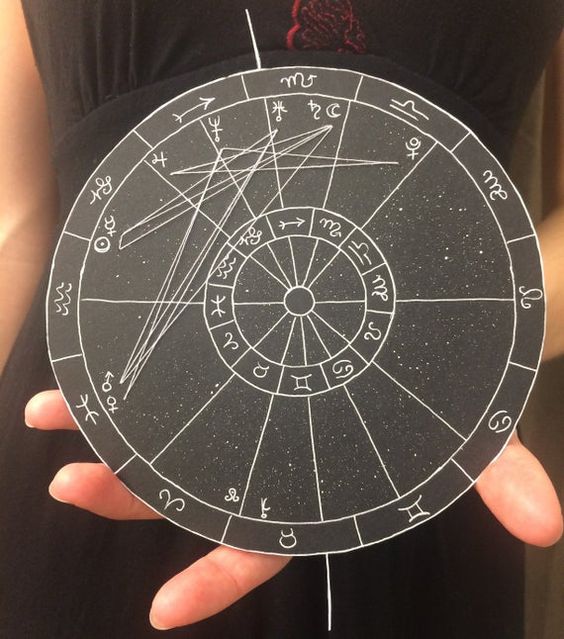 Astrology Degrees and Meaning
Astrology Degrees and Meaning
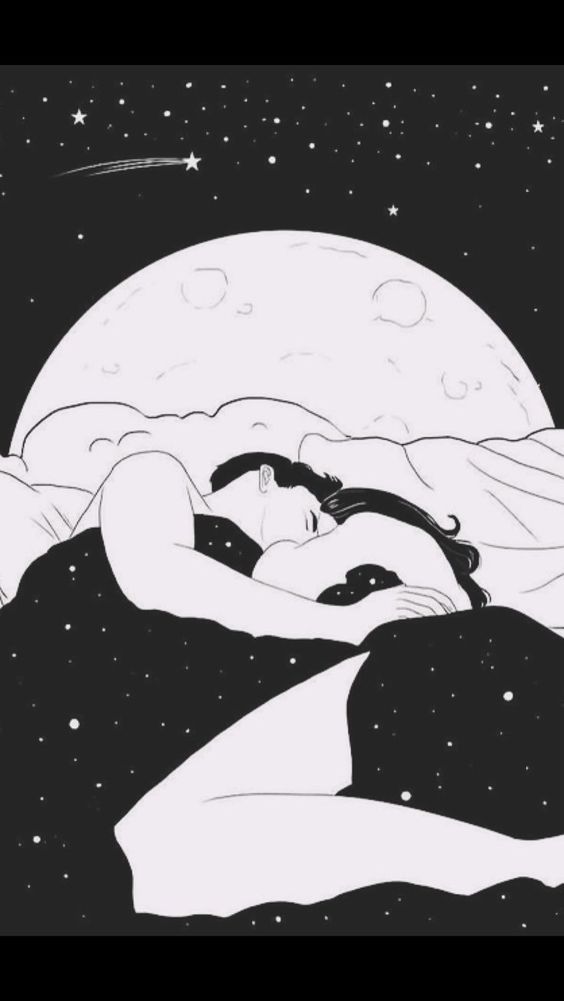 Composite Moon in 8th House
Composite Moon in 8th House
 T-Squares
T-Squares
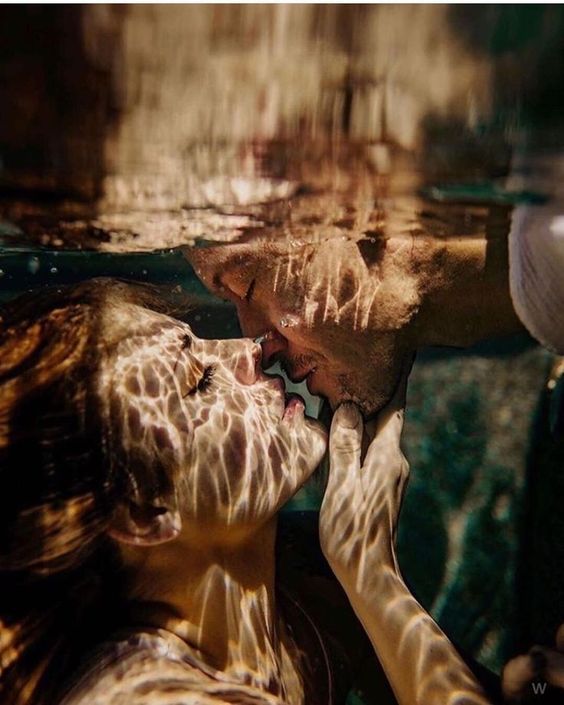 Love’s Mirage: The Sun- Neptune Synastry Influence
Love’s Mirage: The Sun- Neptune Synastry Influence
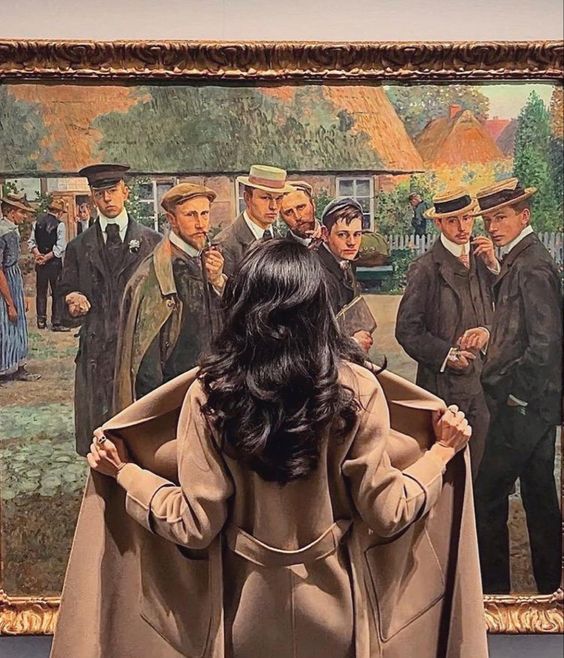 Venus Opposite Uranus: Free to Love as You See Fit
Venus Opposite Uranus: Free to Love as You See Fit
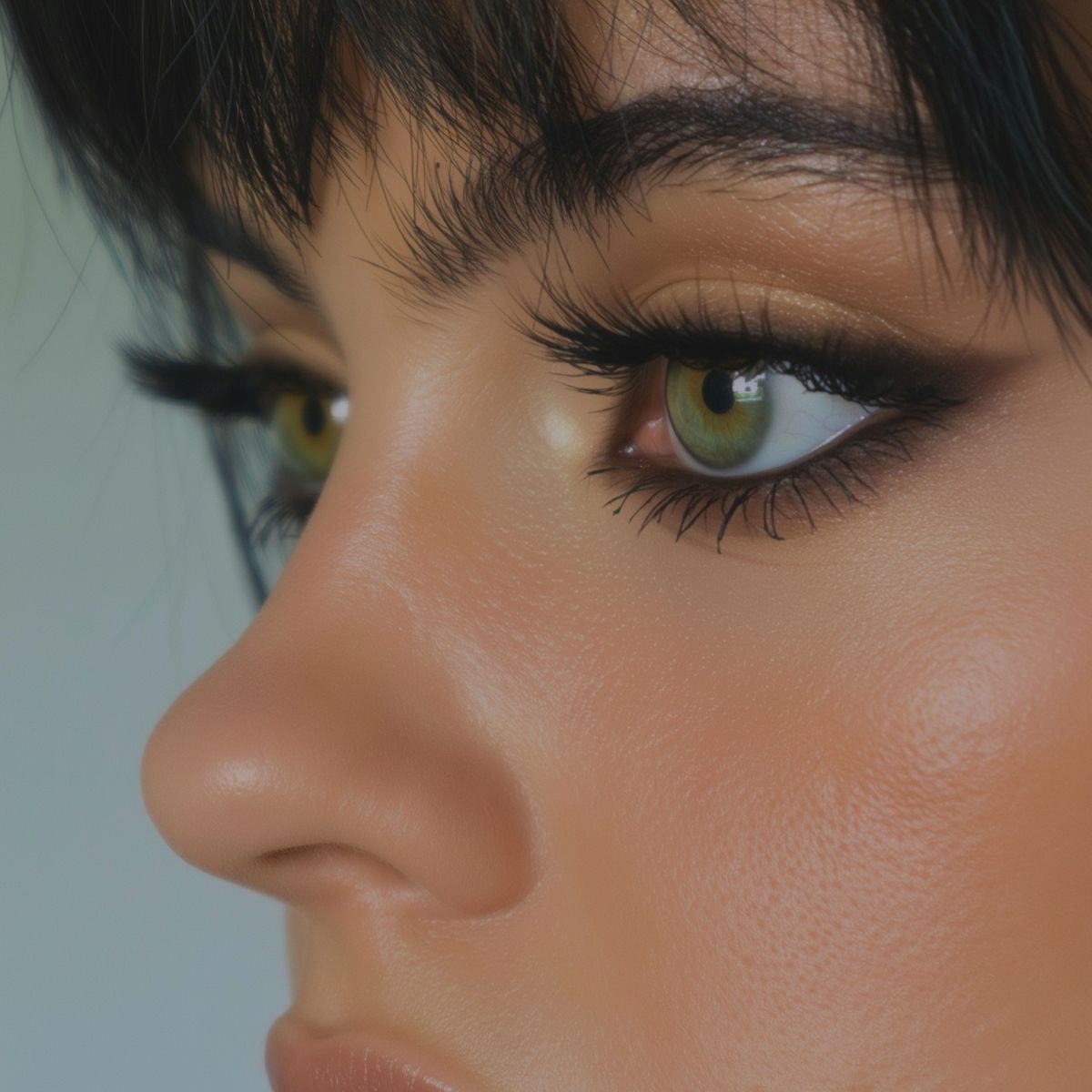 Is Pluto in Your 1st House? These 21 Things Might Just Confirm It
Is Pluto in Your 1st House? These 21 Things Might Just Confirm It
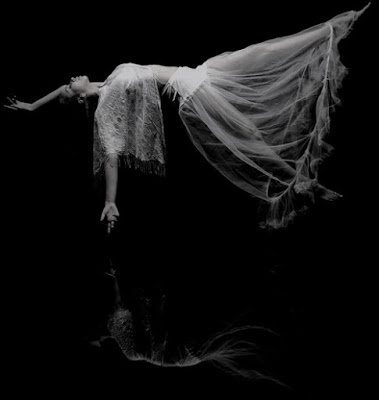 Pluto Transits the 8th House: Major Life-Altering Undertakings
Pluto Transits the 8th House: Major Life-Altering Undertakings
 Venus-Pluto: The Magnificent Obsession
Venus-Pluto: The Magnificent Obsession
 Venus in the 12th House: Love Lost and Found
Venus in the 12th House: Love Lost and Found
 Moon in the 8th House: Incredible Insight
Moon in the 8th House: Incredible Insight